#neuroptera
Explore tagged Tumblr posts
Note
who's this charmer on my doorframe? (uk)
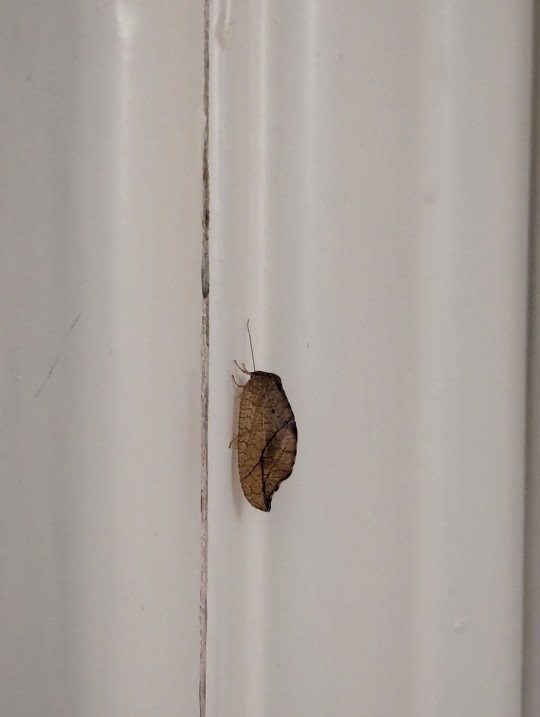
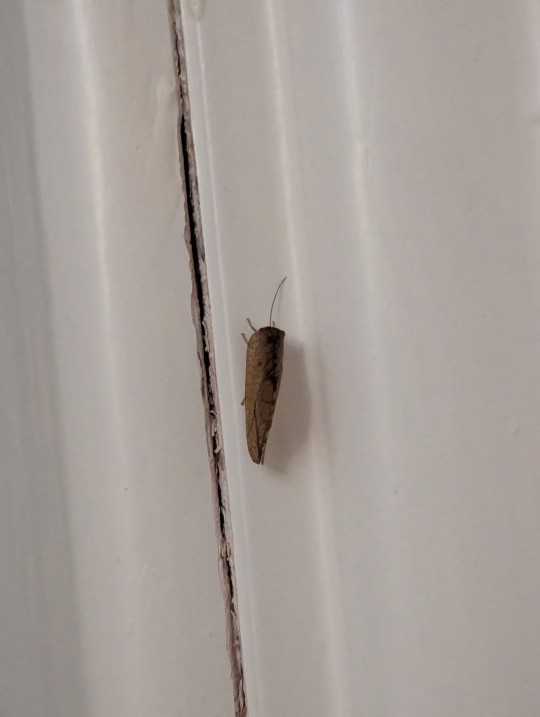
Insect ID – UK:
Hello, yes, yes, hello, I believe that this is a Hook-wing Lacewing (Drepanepteryx phalaenoides), family my Hemerobiidae.
39 notes
·
View notes
Photo







Giant antlion larva and adult, Palpares immensus, Myrmeleontidae
Found in southern Africa
Photos 1-2 by alexdreyer, 3-5 by hamishrobertson, 6 by frankgaude, and 7 by eugenemarais
#animals#curators on tumblr#insects#bugs#neuroptera#antlion#larva#giant antlion#one nice bug#may i offer you a big fuckin guy in these trying times
6K notes
·
View notes
Text
Giant Antlions (Palpares immensus): these enormous antlions have been known to attack geckos and other small reptiles
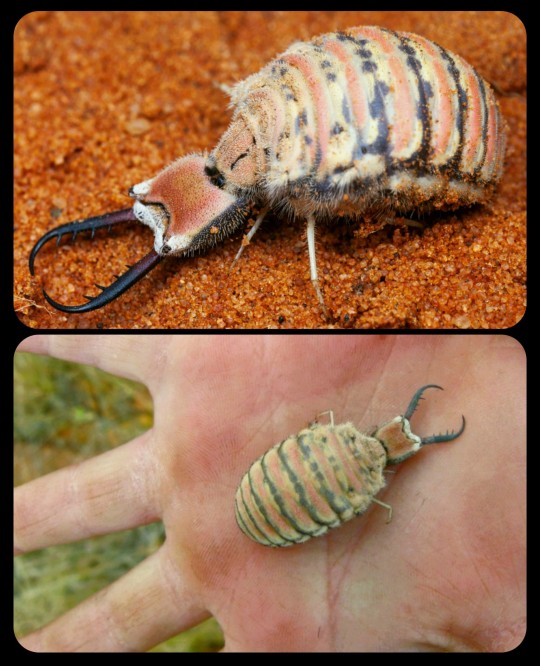
The images above depict the larval stage of Palpares immensus, which is one of the largest antlion species in the world.
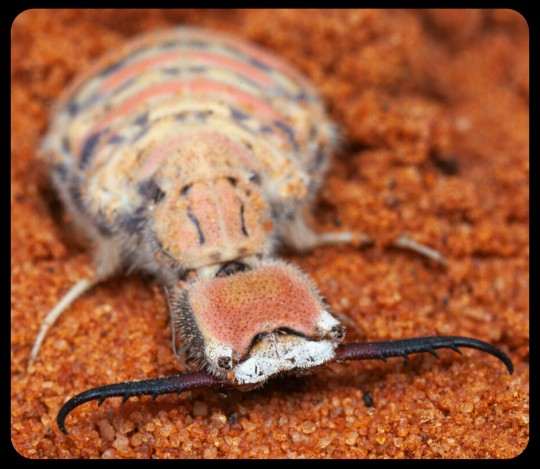
This article provides more information about the unusual behavior of this species:
The larvae live freely in sand and are ambush hunters. They are voracious predators and feed mainly on other arthropods, but have been known to attack geckos and, in one case a small adder. They are unable to feed on these reptiles and usually die as a result of not being able to extract their jaws from the vertebrate prey.
These antlions can be found in sandy, arid environments throughout southern Africa.
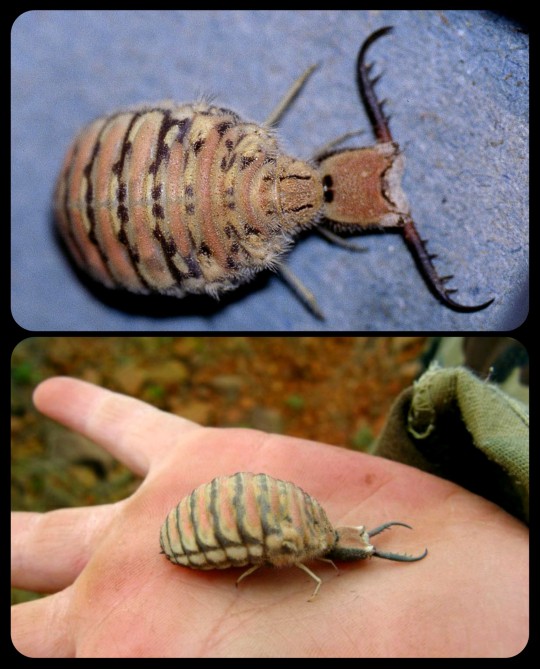
The adult form of Palpares immensus is also depicted in the images below:
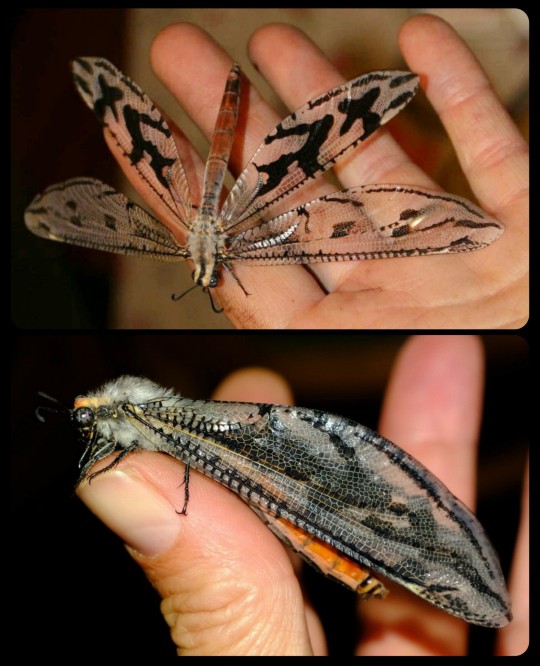
Sources & More Info:
Biodiversity and Development Institute: Palpares immensus
Global Biodiversity Information Facility: P. immensus
Animal Life: Giant Antlion Larva
What's That Bug?: Uncovering Antlion Habitats
#entomology#neuroptera#arthropods#giant antlion#palpares immensus#antlions#baby graboids#larvae#insects#bugs#owlflies#lacewings#animal facts#nature is weird#and also terrifying
2K notes
·
View notes
Text
Any green lacewing enjoyers? :]

#bugs#art#pixel art#artists on tumblr#insects#tumblr art#pixel graphics#art comms open#game dev#indie game#bug blog#bug art#bug game#bugblr#neuroptera#lacewing#green lacewing
6K notes
·
View notes
Text
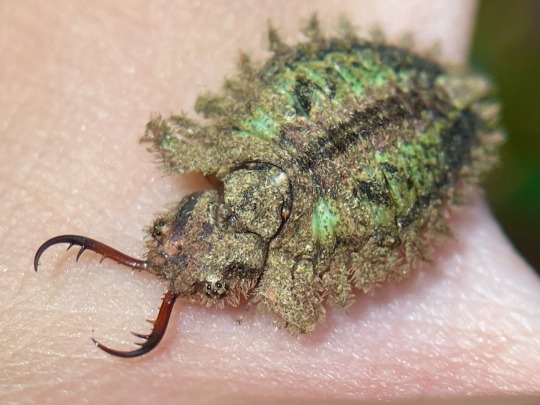
as promised, the owlfly (family Ascalaphidae) I found in Singapore!
if you’re familiar with antlions, these work similarly, except instead of building a pit they rely on camouflage to hide from predators and ambush prey. a beautiful combination of lichen-y fringes and wickedly sharp mandibles.
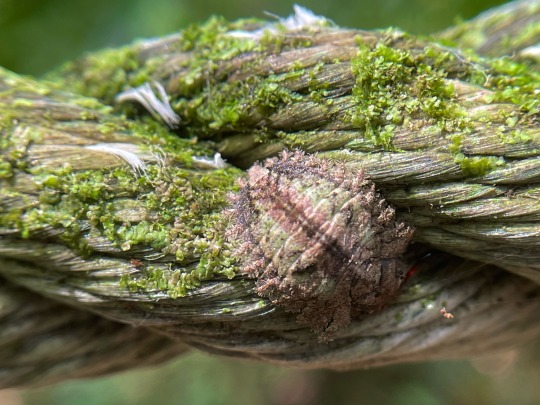
it blended in perfectly with the mossy rope railing, even tucking back its mandibles at a 270° angle so that they lay hidden beneath the head.
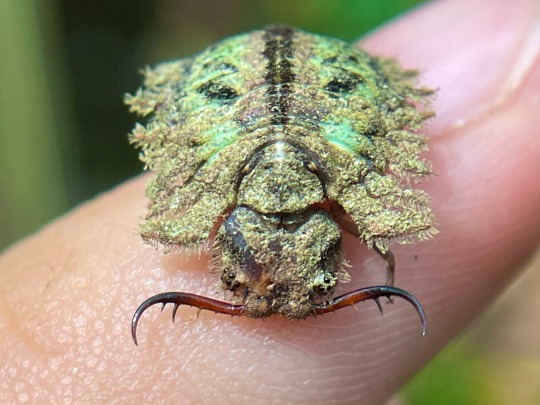
it was one of several successful “oh-wait-was-that-a-bug-let’s-go-back-and-check” moments I had, and was glad I doubled back to see it for what it was! my first owlfly, now I’ve got to find an adult, which are dragonfly-like aerial predators
5K notes
·
View notes
Text

inkwash bugs
#bflyart#bug art#tardigrada#myriapoda#amphipoda#arachnida#coleoptera#hymenoptera#diptera#lepidoptera#hemiptera#neuroptera#curculionidae#formicidae#cicindelidae#salticidae#chilopoda#scolopendridae#mantispidae#brentidae#scolytidae#isopoda#ligiidae#scelionidae#baeus#caprellidae#psychidae#psychodidae#chrysomelidae#sphingidae
2K notes
·
View notes
Text

wasp mantidfly girl
Climaciella brunnea
#my art#artists on tumblr#digital art#furry#anthro#insect#neuroptera#mantidfly#mantispidae#was a very difficult decision whether to make her a taur or not.
489 notes
·
View notes
Note
hi!! can you tell me anything about wasp mantidflies? i love them!
You have subscribed to DAILY BUG FACTS
🪲
TODAY'S FACT IS
Did you know that the Wasp Mantidfly (Climaciella brunnea) is more commonly found in swarms rather than as individuals? Many of them will gather in one spot to feed and breed, all attracted by pheromones.
This fella lives up to its name, looking like a cross between a wasp and a mantis, plus it can fly. It is not, however, closely related to wasps or mantids and is instead closer to laceflies.
🪲
Thank you for subscribing to DAILY BUG FACTS
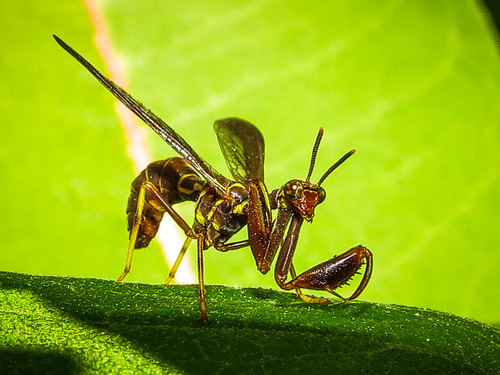
Photo by Jason JD King on iNaturalist
88 notes
·
View notes
Text
Uncharismatic Fact of the Day
Wasp? Mantis? Fly? The wasp mantidfly is none of the above! This species is actually a member of the family neuroptera, or nerve-winged insects, which is also host to a range of other falsly named insects including owlflies (neither owls nor flies), antlions (neither ants nor lions) and lacewings (wings are not made of lace). However, the wasp mantidfly does predate on other arthropods, and will adopt a striking posture when threatened.

(Image: A wasp mantidfly (Climaciella brunnea) by Ken Childs)
#wasp mantidfly#Neuroptera#Mantispidae#mantidflies#net-winged insects#insects#arthropods#uncharismatic facts
270 notes
·
View notes
Text
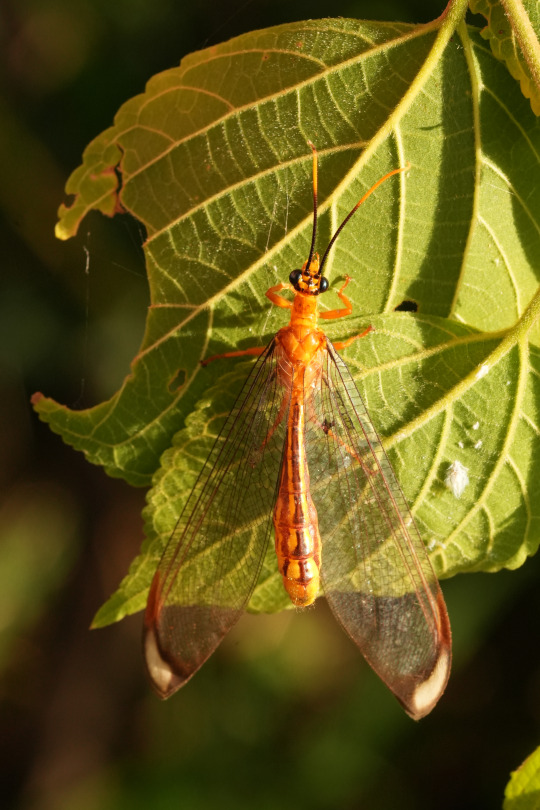
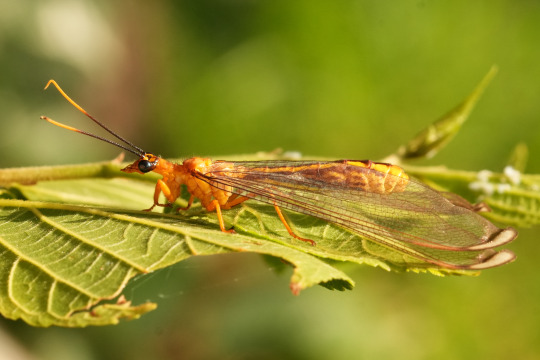
Blue Eyes Lacewing (Nymphes myrmeleonoides).
#ljsbugblog#bugblr#entomology#macro#insects#neuroptera#lacewings#nymphidae#split-footed lacewings#nymphes#blue-eyed split-footed lacewings#nymphes myrmeleonoides#blue eyes lacewing
417 notes
·
View notes
Text



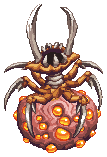
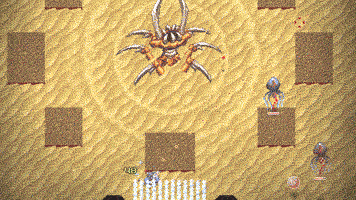
Pinzo'jrahrrrn - CrossCode
Another antlion larva! Well, it's so heavily mutated that not even the bestiary entry seems to be entirely sure that it is supposed to be one. I love the abdomen covered in glowing pustules, they really help sell that it's a weird, mutated creature.
Honestly I'm pretty biased towards earth-type monsters. Might be why there are so many antlions.
133 notes
·
View notes
Text

Pleasing Picture-winged Antlion (Glenurus gratus), family Myrmeleontidae, order Neuroptera, TN, USA
Antlions are related to lacewings and mantidflies (This is not a dragonfly).
photograph by Kirsten Swadley Feinberg
5K notes
·
View notes
Photo
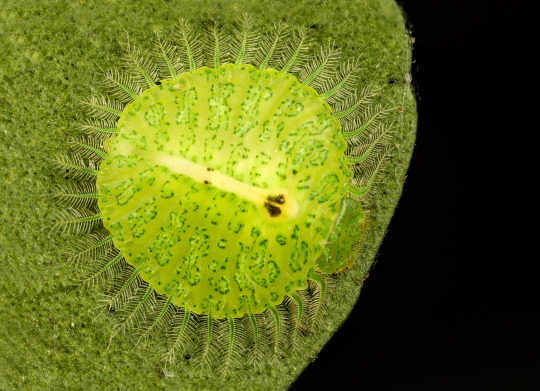
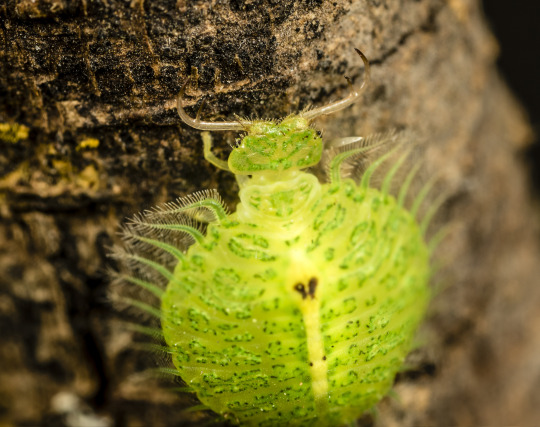
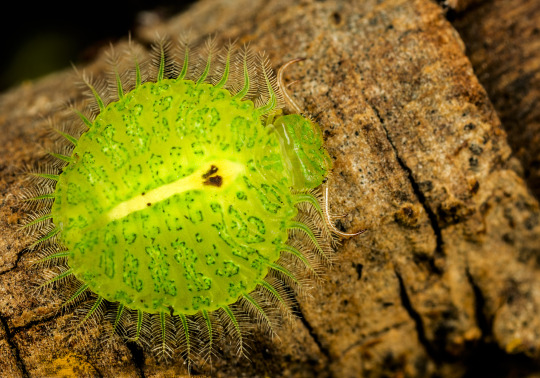
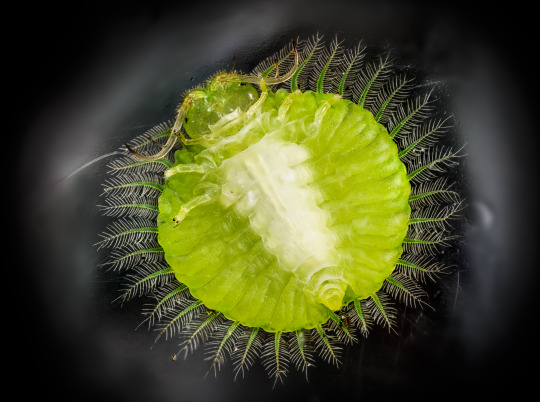
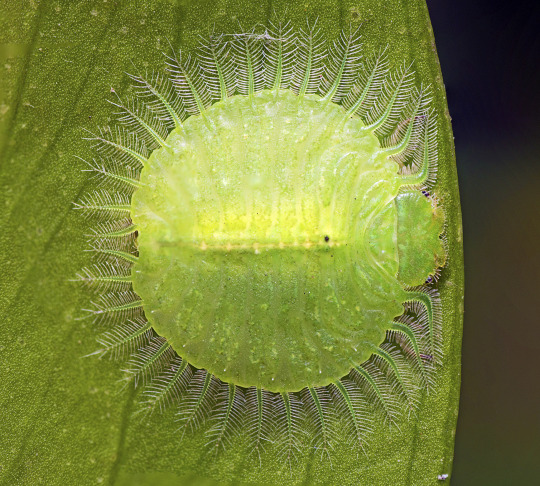
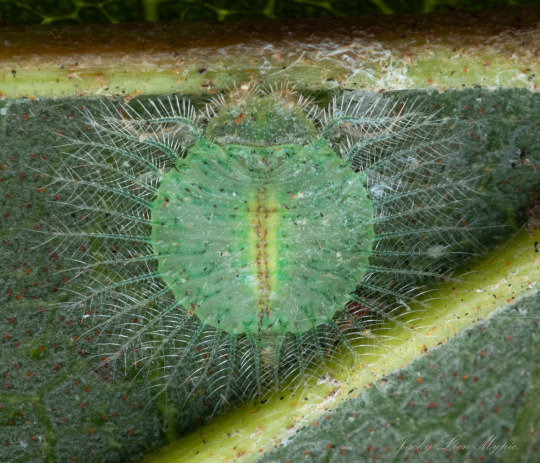
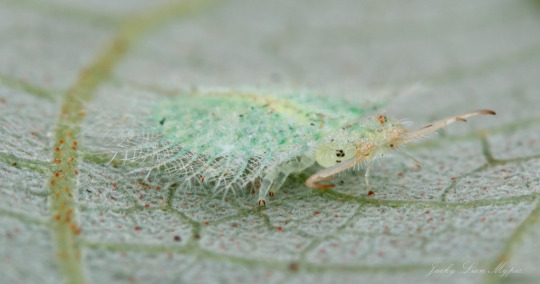
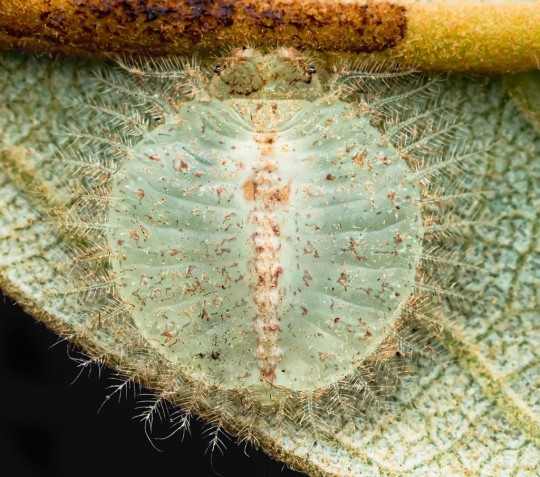
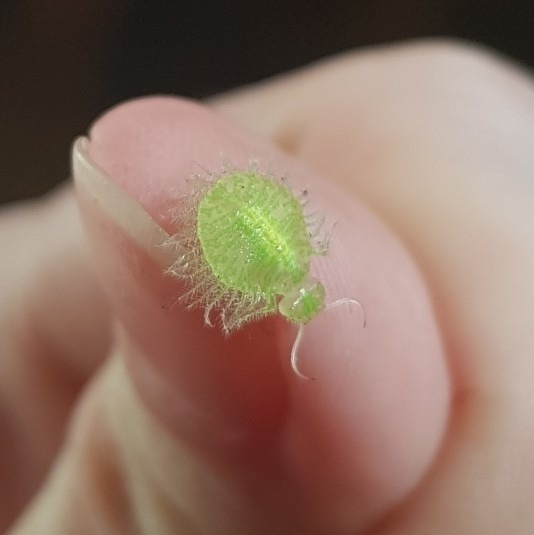

Spill-footed lacewing larvae, Myiodactylinae, Nymphidae, Neuroptera (related to owlflies and antlions)
Found in Australia
Adult in the same subfamily:
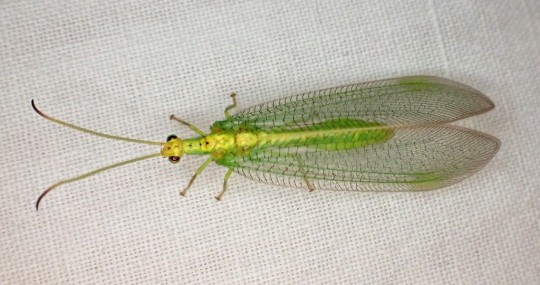
Photos 1-4 by normfarmerimages, 5 by tjeales, 6-8 by doggy48, 9-10 by sofiazed1, and 11 (adult) bystreglystendec
#animals#curators on tumblr#insects#bugs#neuroptera#lacewing#spill footed lacewing#larva#one nice bug#get a load of those snippers
6K notes
·
View notes
Text
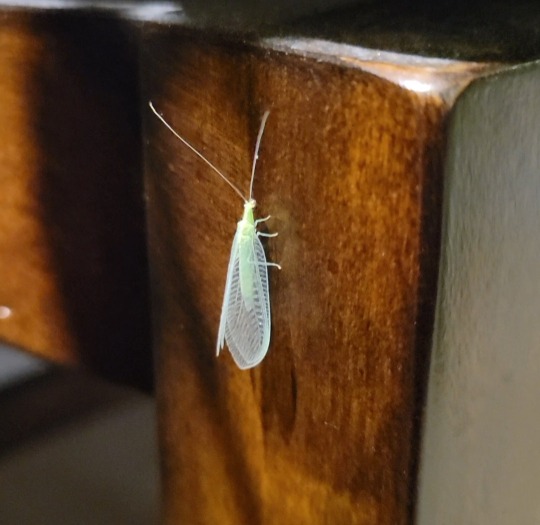
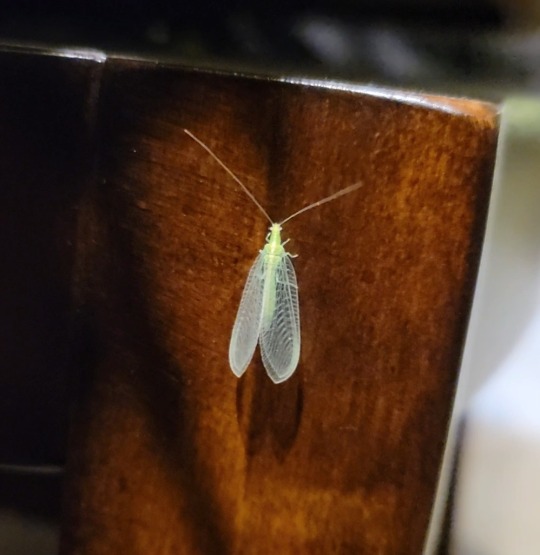

LOOK we were bringing in the ivy plants when I saw a pretty lacewing <3. I believe this is a comanche green lacewing, Chrysoperla comanche
also, forgive the crude photos, I was in a rush </3
it's always such a treat to see one!
#lacewing#nature#photography#arthropods#bugblr#bugs#insects#nature aesthetic#plants#nature photography#aesthetic#neuroptera#entomology
139 notes
·
View notes
Text



Bug of the Day
We are in peak bug-finding season - I have taken over 800 photos so far this month! At least this horrible hot and humid weather is good for something...
(From top to bottom: Say's mantidfly (Dicromantispa sayi), marsh fly (Tetanocera sp.), and firefly (Photuris sp.)
#bug of the day#more like bug of the night#BotD#firefly#lightning bug#beetle#Coleoptera#Photuris#fly#Diptera#Tetanocera#mantidfly#Mantispidae#Dicromantispa#Dicromantispa sayi#Sciomyzidae#Neuroptera#insect
160 notes
·
View notes
Text
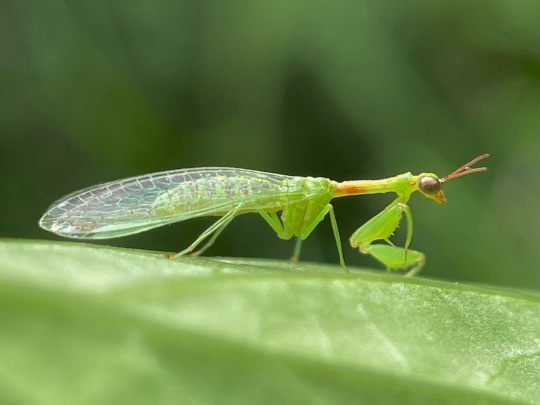
I found an insect last week I’ve wanted to see for as long as I’ve known they existed: a mantisfly! this one is Zeugomantispa minuta, the only species commonly observed where I live.
mantisflies (family Mantispidae) are named for their resemblance to mantises (order Mantodea) but themselves belong to the order Neuroptera, being related to lacewings and antlions. as adults, they closely resemble mantises, and live a similar lifestyle capturing prey with raptorial forelegs.
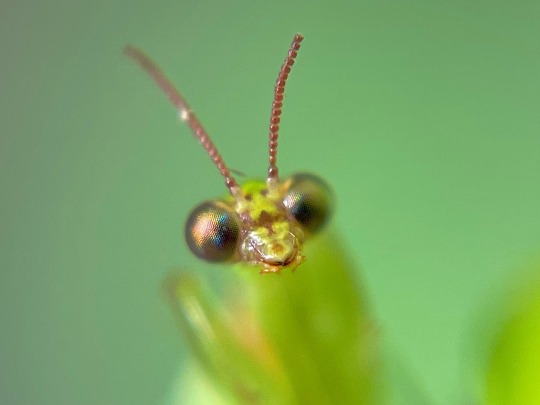
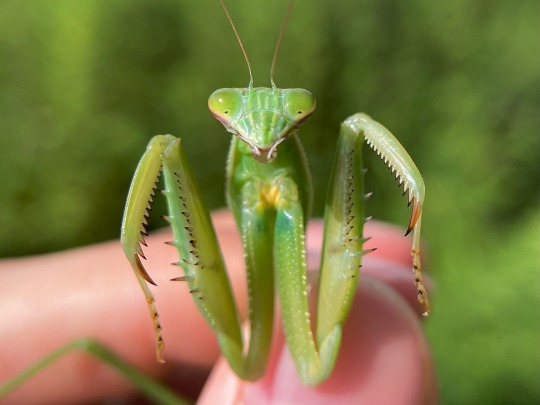
compared to this Chinese mantis (Tenodera sinensis), there are a few anatomical differences you might notice, but the biggest difference between the two is definitely their reproductive strategy.
mantises lay egg cases and develop from nymphs that resemble adults. being neuropterans, mantispid juvenile are larvae. but mantispid larvae, unlike their lacewing and antlion relatives, aren’t predators, they’re parasites! Zeugomantispa follow the strategy of starting as a leggy, highly active larva that on hatching immediately seeks out a spider egg sac to burrow into, growing into a plump grub quite different from its original appearance after feeding on the eggs. other mantispid larvae attach themselves to the adult spiders, and wait for their host to produce a sac; still others parasitize beetle or wasp larvae.
here’s a great photo of a mass of Z. minuta eggs hatching into their sac-seeking first instars!
1K notes
·
View notes